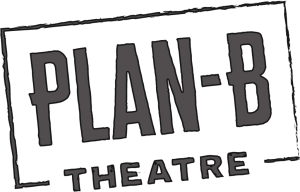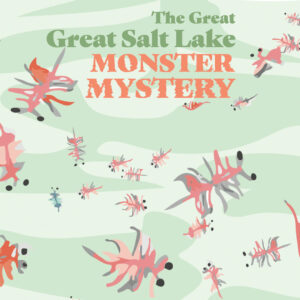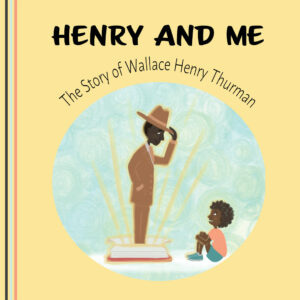by Samantha Matsukawa,
illustrated by Aaron Asano Swenson
FOR GRADES K-6
In the middle of World War II, a young Japanese American girl and her family are suddenly forced to leave home. They sleep in a horse stall at an empty race track until they are ordered to get on a train headed into the Utah desert, far away from their house, the ocean, and freedom.
Behind barbed wire in a place called Topaz, she learns the meaning of new words like incarceration. But when her obāchan (grandmother) teaches her the Japanese word gaman (enduring the seemingly unbearable with patience and dignity), she starts to see how her family can join together to persevere.
Read more about Samantha and Aaron.
Created specifically for grades K-6, Obāchan Told Me Gaman: A Child's View of Topaz brings a lesser-known component of Utah history to life while supporting K-6 Core Standards in Social Studies, Obāchan is our gift to every public elementary school in Utah in observance of the Japanese American Day of Remembrance on February 19, 2023.
Every issue of The Topaz Times referred to in the book, courtesy of the Library of Congress.
"With this work, young Utah students have an important and wonderful opportunity to view and hear about Japanese Americans in WWII internment camps. Research demonstrates that encountering history like this at a young age enables students to enter the lives of others imaginatively. Kids step outside themselves and embrace different perspectives. It engenders an expanded worldview, enhances empathy by compelling kids to feel what others experienced, and, in this book, it offers the grace of understanding gaman, a concept that allowed those incarcerated to survive. I believe the kindness and compassion our state and nation so desperately need are predicated on young students understanding all of our collective history, however painful. It makes books such as this vital for Utah students. "
Jean Tokuda Irwin
Arts Education Manager
Utah Division of Arts & Museums
"This is a simply and beautifully told story of Japanese American citizens who were forced to leave their homes behind and live in unimaginably difficult conditions. As an educator, I feel it is important to share all the parts of our history, the good, the hard, the beautiful. As a descendant of those incarcerated at Topaz, I feel it is important to share how we persevered and overcame the unimaginable difficulties in our history."
Chantelle Murakami
Elementary Teacher
Open Classroom
Salt Lake City School District
Learn More
Our story only scratches the surface of the complex history of what happened to Japanese Americans during and after World War II. We strongly encourage readers to visit the Topaz Museum in Delta, Utah. Visitors can explore the exhibits housed at the museum itself, as well as schedule a tour of the Topaz Historic Site. The museum and historic site are owned by the Topaz Museum Board, a not-for profit volunteer organization.
Additional resources available at Densho.org.
WORKS CITED
Hirasuna, Delphine. The Art of Gaman: Arts and Crafts from the Japanese American Internment Camps 1942-1946. Ten Speed Press, 2005.
Tunnell, Michael O. and Chilcoat, George W. The Children of Topaz: The Story of a Japanese-American Internment Camp Based on a Classroom Diary. CreateSpace Independent Publishing Platform, 2011.
Source images for digital artwork on pages 7, 11, and 26 courtesy of the Swenson family.
Unaltered images are in the public domain via the U.S. National Archives and Records Administration.
Source photos and images for digital artwork are derived from licensed stock photography or in the public domain via the U.S. National Archives and Records Administration.







